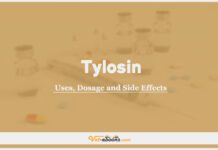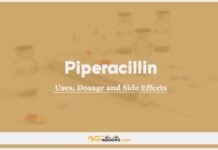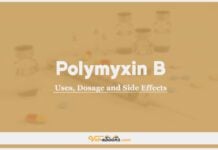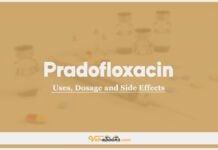Neomycin In Dogs & Cats: Uses, Dosage and Side Effects
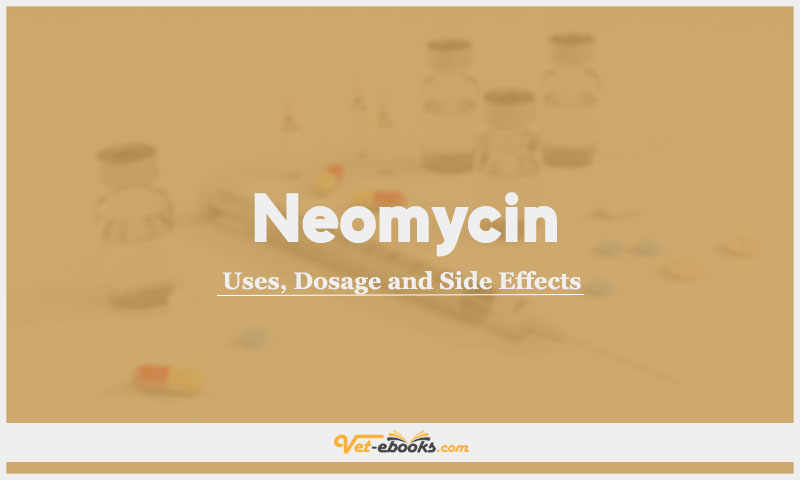
Overview
- A concentration-dependent antimicrobial agent.
- Inhibits the process of bacterial protein synthesis.
- It achieves this by gaining entry into the bacterial cell by a carrier mechanism that is dependent on the presence of oxygen.
- Similar to other aminoglycosides, the method of cell-killing is concentration-dependent, which results in a significant post-antibiotic effect.
Uses of Neomycin
- It shows a primary efficacy against Gram-negative bacteria, with a notable sensitivity shown in some species of Staphylococcus and Enterococcus.
- Obligate anaerobic bacteria and a significant number of haemolytic streptococci exhibit resistance.
- Parenteral neomycin, due to its significant nephrotoxic and ototoxic properties, is employed in topical applications for the treatment of skin, ear, or mucous membrane infections.
- Oral administration of neomycin is employed as a means to decrease the abundance of intestinal bacteria, particularly in the context of managing hepatic encephalopathy.
- Similar to other aminoglycosides, oral absorption of this medication is not possible unless there is gastrointestinal ulceration.
- The utilisation of this medication, frequently in conjunction with antimuscarinic drugs, has been observed in the therapeutic management of non-specific bacterial enteritides.
- Neomycin exhibits enhanced activity inside an alkaline environment.
Dose of Neomycin in Dogs and Cats
Dogs, Cats:
Oral:
- 20 mg/kg p.o. q6–8h; or per rectum as a retention enema for management of acute hepatic encephalopathy only.
- As the drug is not absorbed, it is not an effective treatment for other sites of infection.
- In stable animals, decrease frequency to q12h.
Ophthalmic: 1 drop/eye q6–8h.
Otic: 2–12 drops/ear or apply liberally to skin q4–12h.
Drug Dosage Calculator
You Should Give:
Side Effects of Neomycin in Dogs and Cats
- Neomycin may cause systemic, ototoxicity, and nephrotoxicity in rare cases of sustained high-dose oral therapy or severe GI ulceration/inflammatory bowel illness due to absorption.
- Nephrotoxicity and ototoxicity are possible negative effects of parenteral usage.
- Patients may get severe diarrhoea/malabsorption syndrome and bacterial or fungal superinfections.
- Local irritation may occur with topical ophthalmology.
Contraindications of Neomycin in Dogs and Cats
- For systemic use, do not use in animals with pre-existing renal disease.
- Do not use ear preparations if the tympanum is ruptured.
Some Notes:
- Absorption of digoxin, methotrexate, potassium, and vitamin K may decrease.
- Other ototoxic and nephrotoxic drugs, e.g. furosemide, should be used with caution in
patients on oral neomycin therapy as the combinations are likely to have synergistic toxicity.
Tip
Do You Want To Increase Your Veterinary Knowledge and Practical Skills?
You Can Now Browse and Download +3000 Books For Veterinary Professionals & Students Online.
Download Veterinary Books






